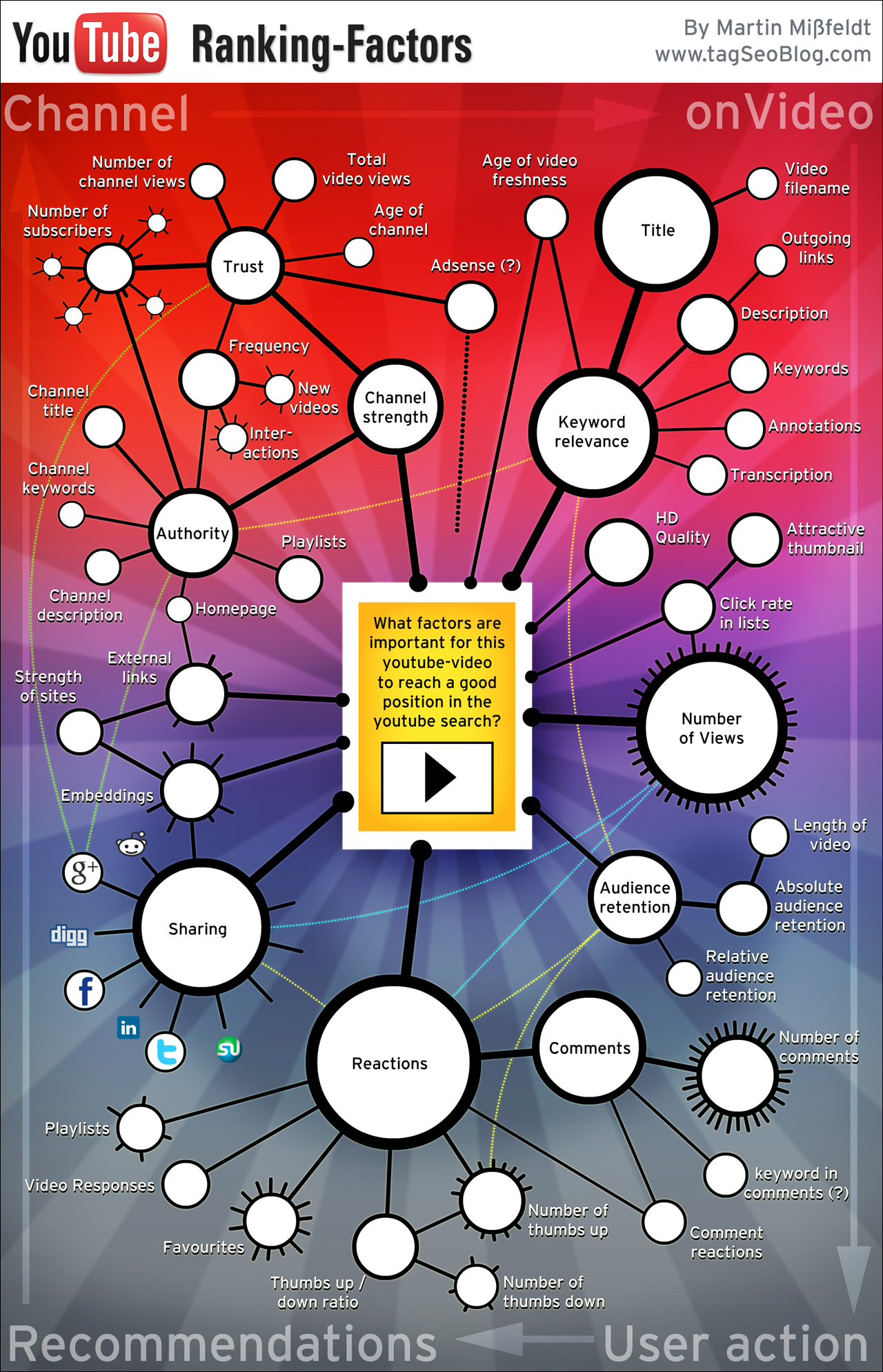The Growth Of Children'S Dental Care: A Trip Through Time
The Growth Of Children'S Dental Care: A Trip Through Time
Blog Article
Team Writer-Jennings Ebsen
As you check out the detailed trip of pediatric dental care, tracing its evolution from the past to the here and now and glimpsing into the future, you'll reveal a tapestry woven with advancement and treatment. From historical milestones to existing patterns and future opportunities, the landscape of pediatric dental treatment is ever-changing and loaded with potential. All set to discover the keys of just how this area continues to adapt and flourish, ensuring brighter smiles for generations to find?
Historical Turning Points in Pediatric Dentistry
Throughout background, pediatric dentistry has seen considerable developments and turning points that have shaped the area into what it's today. One essential milestone was the establishment of the initial dental university in 1840, where dental care started to be recognized as a specialized field calling for specific understanding and skills. As the area evolved, the early 20th century saw the introduction of oral X-rays, reinventing diagnostics and therapy planning for pediatric individuals. In addition, the growth of fluoride treatments in the mid-20th century considerably improved preventative treatment and reduced the frequency of dental caries in children.
An additional landmark in pediatric dental care was the production of the American Academy of Pediatric Dentistry in 1947, which aimed to promote optimum dental health for kids. visit the next website played a critical role in setting criteria for pediatric oral treatment and advancing research in the field. These historic turning points laid the foundation for modern-day pediatric dentistry, highlighting the importance of specialized take care of kids's oral health.
Current Trends in Pediatric Dental Care
Including innovative modern technology and personalized preventive methods, contemporary pediatric oral care remains to adapt to the advancing needs of young clients.
The adhering to fads display the current landscape of pediatric oral treatment:
1. ** Digital Dentistry **: Digital perceptions, 3D imaging, and CAD/CAM technology are revolutionizing the way pediatric dentists diagnose and treat dental wellness issues in youngsters. https://www.theonion.com/invisalign-begins-offering-clear-body-shell-system-to-g-1850334377 boost precision, effectiveness, and person comfort during dental treatments.
2. ** Tele-Dentistry **: With the rise of telemedicine, tele-dentistry has become a hassle-free way for pediatric dental professionals to provide assessments, follow-ups, and even particular therapies remotely. This technique boosts accessibility to care, especially for clients in country or underserved locations.
3. ** Preventive Emphasis **: Pediatric dentistry currently places a stronger emphasis on safety nets such as sealants, fluoride therapies, and early orthodontic treatments. By promoting excellent dental health habits and regular dental visits from a young age, professionals aim to avoid dental concerns before they escalate.
Future Innovations in Pediatric Dental Care
Looking ahead, pediatric dentistry is positioned to present sophisticated technologies and innovative strategies to even more enhance the dental healthcare of young patients.
One interesting advancement on the horizon is the use of 3D printing in developing customized dental devices like braces and mouthguards, using a much more precise and comfortable suitable for kids.
Furthermore, virtual reality (VIRTUAL REALITY) modern technology is being checked out to help reduce dental anxiousness in young patients by giving immersive interruptions during procedures.
Nanotechnology is an additional area of passion, with the possible to establish nanomaterials that can remineralize teeth and stop tooth cavities more effectively.
Tele-dentistry is also gaining grip, enabling remote examinations and monitoring, which can specifically benefit kids in country or underserved locations.
In addition, genetic screening may soon play a role in individualized preventive treatment, recognizing youngsters's predispositions to specific oral wellness conditions.
These developments indicate an exciting future for pediatric dentistry, assuring enhanced outcomes and experiences for the youngest oral individuals.
Conclusion
As you reflect on the advancement of pediatric dentistry, bear in mind that improvements in modern technology and customized care continue to shape the area.
Think of a youngster named Emily, who took advantage of a 3D published dental home appliance that perfectly fit her unique demands, guaranteeing her comfort and dental health.
Treatment for Dental Abscess of pediatric dentistry holds exciting possibilities, providing cutting-edge options to boost the oral experiences of young individuals like Emily.
